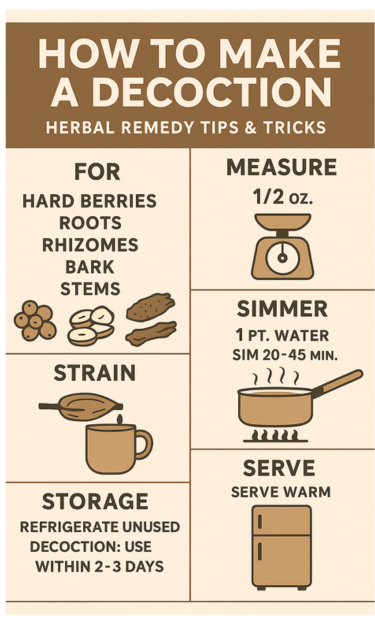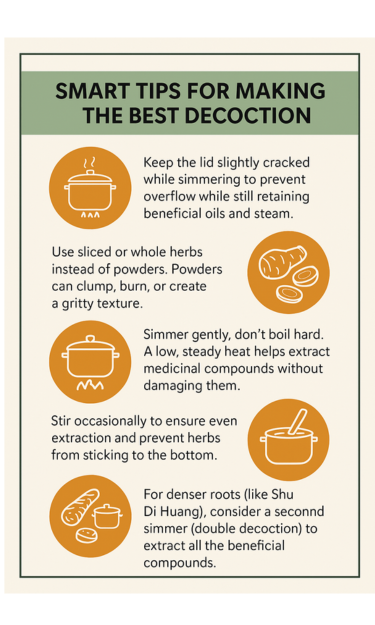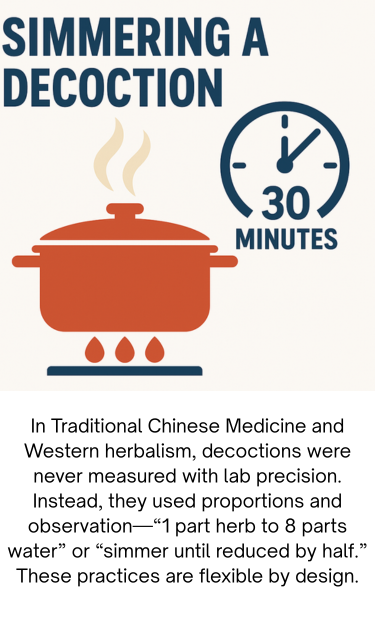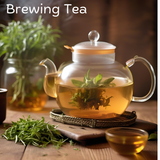

NuHerbs Lab Tested
Huang Qi Fen Astragalus Root Powder 1lb Nuherbs
Astragalus Root Powder: A Potent Boost for Immunity and Vitality Astragalus root powder, derived from the Astragalus membranaceus plant, has a long-standing reputation in Traditional Chi

 What Is a Decoction?
What Is a Decoction? Tips for Success
Tips for Success





